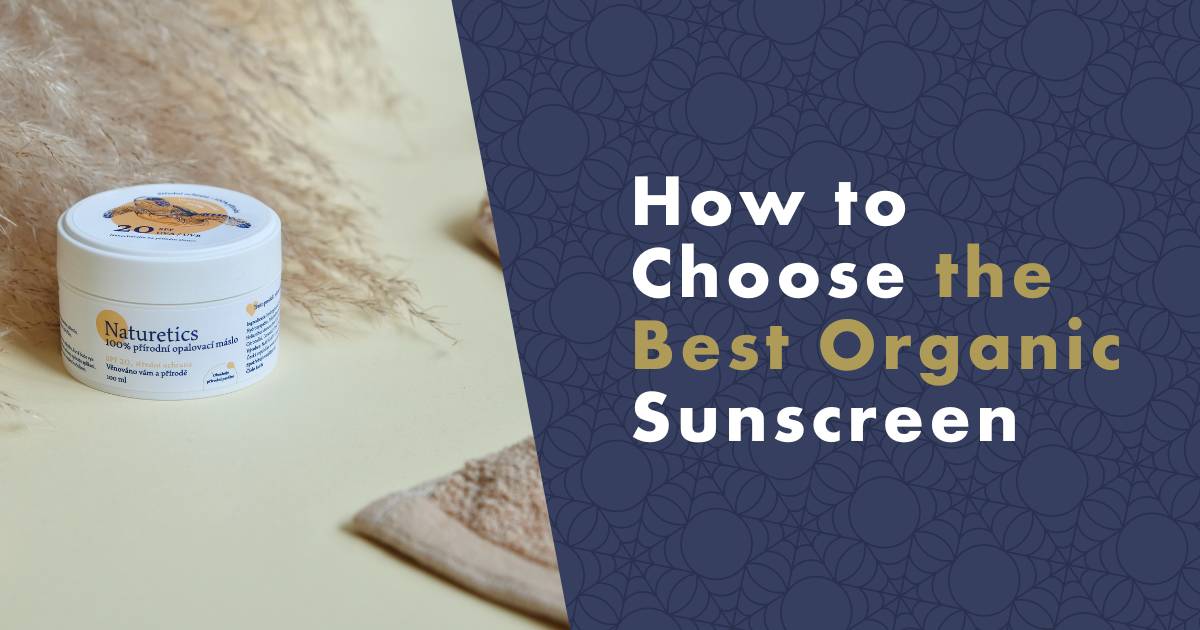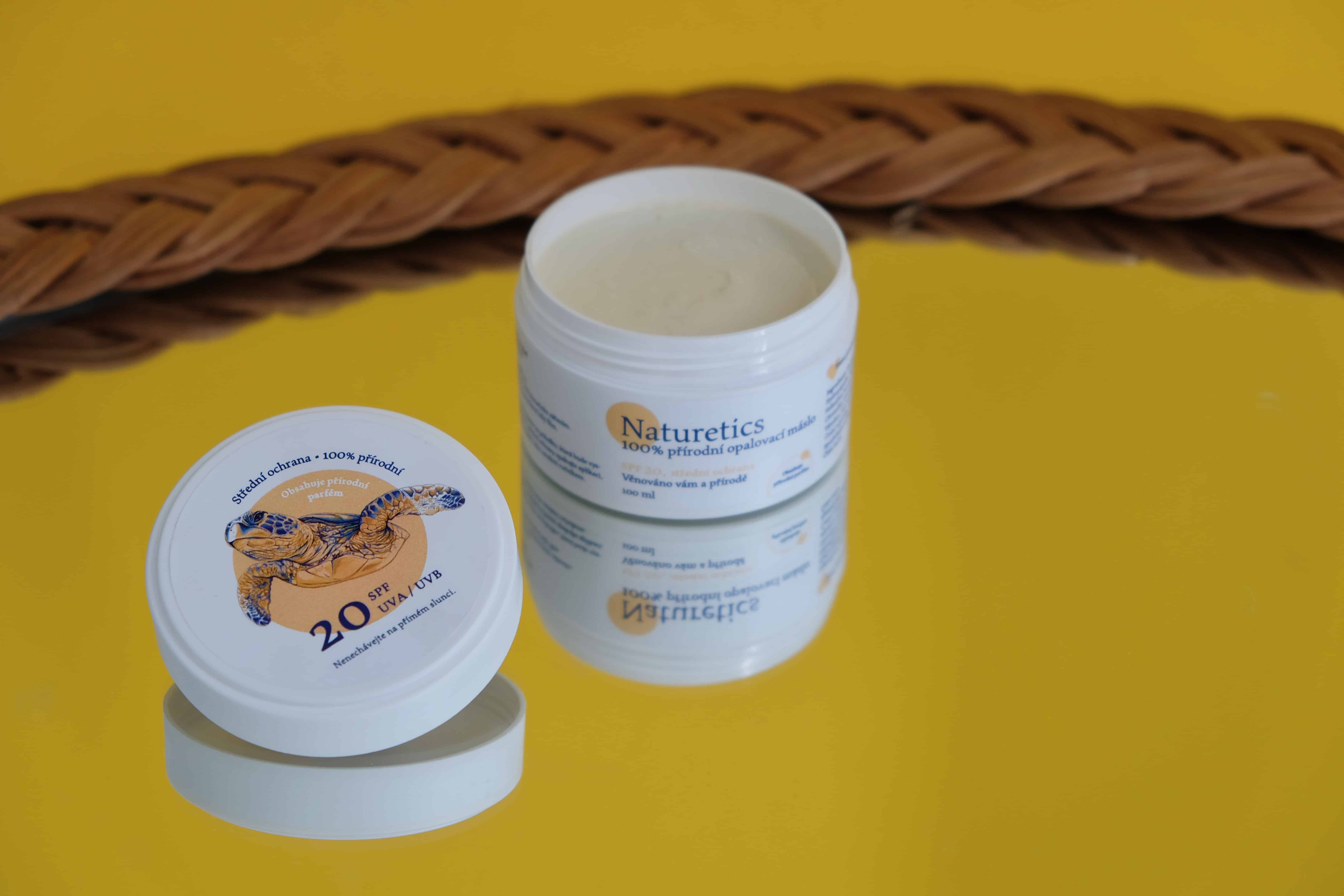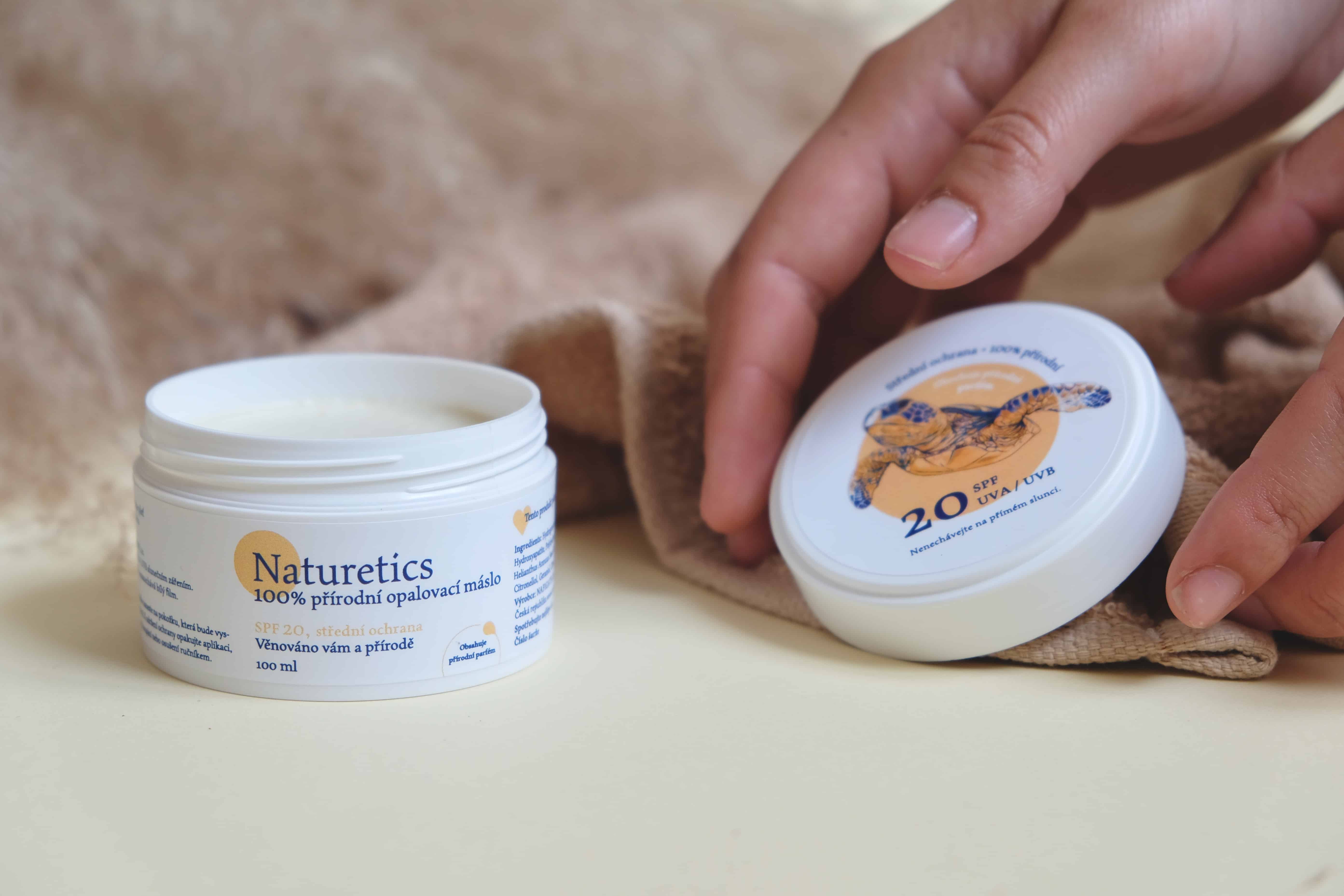In the pursuit of maintaining healthy, radiant skin, choosing the right sunscreen is paramount. The market is flooded with options, but discerning individuals are increasingly turning to organic solutions. This article delves into the realm of sun protection, exploring what makes a product the best organic sunscreen for the face, body, and the environment. From decoding the top natural sunscreens to understanding the nuances of organic versus inorganic sunscreens, we aim to guide you through the process of making an informed choice. Additionally, we will explore the benefits of organic physical sunscreen and unravel the science behind how mineral nanoparticles in sunscreens work to protect the skin from harmful UV radiation. Join us on this journey to discover the ideal sun protection for you and the planet.

Difference Between Mineral (Physical) and Chemical Filters in Sunscreen
Sunscreens are categorized based on the type of filter they contain:
- Mineral UV filter-based organic sunscreens - These form a barrier on the skin that reflects UV rays, and take effect instantly.
- Chemical filter-based creams - These absorb UV radiation and convert it into heat. It's important to apply them 20-30 minutes prior to sun exposure.
Uncovering the Distinction Between Organic and Synthetic Sunscreens
Traditional chemical sunscreens convert light energy into thermal energy, leading to skin inflammation and premature aging. Many synthetic UV filters in sunscreens contain toxic substances with potential hormone disruption and other serious health risks. To ensure safe use, it's crucial to check the composition of sunscreens and avoid those with harmful synthetic ingredients.

Chemical Sunscreens The Risks of Synthetic UV Filters
The high absorption rate of chemicals in sunscreens, due to frequent and heavy application, makes it even more important to be cautious about the ingredients used. On the other hand, natural UV filters made of mineral particles create a protective barrier on the surface of the skin, reflecting and scattering both UVB and UVA radiation. When choosing sunscreens, opt for ones with a mechanical filter of zinc oxide or titanium dioxide.
The negative impact of chemical sunscreens extends beyond personal health, affecting the environment as well. Chemical UV filters harm coral reefs, causing bleaching and stunting their growth, and leading to mutations in fish and limited cell development in sea urchins. This is because the chemicals from low-quality sunscreens can wash off in the ocean and harm marine life.
One of the most commonly used chemical filters, octocrylene, poses additional health concerns. Studies by American and French scientists have found that the substance can decompose into benzophenone, a possible carcinogen, when in products that are older. Octocrylene is also suspected of disrupting hormonal activity and having a genotoxic effect. And the older the sunscreen, the more of this chemical it may contain.
Why Choose Organic Sunscreens: The Benefits for Your Skin and the Environment
-
Non-Toxic: Unlike chemical UV sunscreens that are absorbed into the bloodstream, organic sunscreens use mineral UV filters such as zinc oxide and titanium dioxide that remain on the surface of the skin.
-
Irritation-Free: Made without chemicals, artificial dyes, or other by-products, organic sunscreens are less likely to cause skin irritation.
-
Eco-Friendly: In addition to being good for the skin, organic sunscreens also have a positive impact on the environment. Chemicals such as oxybenzone and octinoxate, found in some chemical sunscreens, have been banned in some areas due to coral bleaching. Organic sunscreens do not contribute to greenhouse gases or harm the ozone layer.
-
Immediate Protection: Unlike synthetic sunscreens that need to be absorbed before they start working, organic sunscreens with a mechanical filter offer immediate protection and do not require pre-application.
Choosing the Right Organic Sunscreen: Key Considerations
Looking for the best organic sunscreen? Here's what you need to know to make an informed choice.
1. Opt for Sunscreen with Zinc Oxide
Unlike titanium dioxide, zinc oxide can effectively block both short and long waves of UVA rays as well as all UVB rays. This makes it the only organic active ingredient that offers full protection against UVA and UVB radiation. In contrast, titanium dioxide is not very effective against UVA rays and is usually combined with other substances to protect against these rays.
The main reason why titanium dioxide is used in cosmetics is because of its low cost. Zinc oxide, on the other hand, is more stable and even has antimicrobial properties that promote wound healing and is non-comedogenic, meaning it doesn't clog pores. Nano forms of zinc oxide are even better. Circular nano forms of zinc oxide are more environmentally friendly as they consume less energy compared to traditional zinc oxide. Studies have also confirmed that nano forms of zinc oxide are safe for both humans and nature. In fact, zinc oxide nanoparticles larger than 30 nanometers are not absorbed by the skin, while particles in sunscreens are typically larger than 100 nanometers, making them even safer.
Why Avoid Sunscreens with Titanium Dioxide: Although titanium dioxide doesn't penetrate the skin, it's not an ideal cosmetic substance. It contains titanium, which is a toxic heavy metal in large quantities. Additionally, titanium dioxide creates free radicals that can damage skin cells, accelerate aging, and oxidatively damage your body. For these reasons, it's best to opt for zinc oxide or its nano form for maximum protection against UVA and UVB radiation.
2. Go for a Cream that Doesn't Leave a White Film
A white film is a common problem with many sunscreens, making them difficult to apply and not very attractive. Naturetics organic tanning butter is a great option as it doesn't leave a white film and spreads easily.
3. Choose Sunscreen Without Synthetic Perfume
Synthetic fragrances in sunscreen can irritate the skin and disrupt its delicate pH balance. Choose fragrance-free or organic sunscreens to protect your skin from any potential irritation or inflammation.
4. Watch Out for Harmful Ingredients.
If you've already chosen a sunscreen with a mineral active ingredient, make sure it doesn't contain any of the following harmful substances: Oxybenzone, Octinoxate (also known as Octyl methoxycinnamate), Avobenzone, Retinyl palmitate, retinyl acetate, or retinol, Homosalate, and PABA (para-aminobenzoic acid).
5. Prefer Circular Cosmetics
Do you want to make an environmentally conscious choice? Opt for cosmetics brands that embrace circularity by using recycled raw materials. Naturetics is a prime example, utilizing circular nano-zinc oxide in its cosmetics and recycling used zinc to decrease energy usage and minimize negative impacts on the environment.
Additionally, Naturetics incorporates circular poly-3-hydroxybutyrate, a sustainable polymer created from repurposed organic oil by Hydal biotechnology, into its suntan butter. This ingredient enhances UV protection without burdening the environment (it's fully biodegradable) or human health. To further boost its suntan butter's sun defense, Naturetics also includes hydroxyapatite, a non-toxic and biocompatible form of the mineral apatite. And, unlike many other suntan butters, Naturetics products are crafted entirely from recycled materials and break down into organic substances upon being washed off the skin.

What Does SPF Stand For?
SPF stands for Sun Protection Factor. It is a measure of how well a sunscreen protects your skin from damage caused by UVB rays, but it doesn't provide information about protection against UVA rays.
What Do SPF Numbers Mean?
SPF numbers indicate the amount of time it takes for your skin to develop mild redness (erythema) when using the sunscreen, compared to the time it would take without it. For example, if it takes 10 minutes for your skin to show redness without sunscreen, with SPF 20, it would take 200 minutes for the same redness to develop.
However, it's important to keep in mind that SPF is measured in a controlled laboratory environment, using a narrow part of the UV spectrum. Real-world factors like sweating can affect the efficacy of the sunscreen. Think of SPF values similarly to fuel economy ratings on car sales sheets - both may overestimate their effectiveness, but are still useful for comparing products.
Is a Higher SPF Always Better?
Not necessarily. A higher SPF number indicates a greater level of protection against UVB rays, but the level of protection doesn't increase linearly with the SPF value. For example, there's a big difference between SPF 10 and SPF 20, but not much between SPF 20 and SPF 60. A sunscreen with SPF 30 provides about 96.7% protection against UVB rays, while SPF 50 offers about 98% protection. However, anything above SPF 50 offers little additional protection against UVB rays. No sunscreen provides 100% protection against UVB rays.
For the best protection, it is recommended to use a sunscreen with an SPF between 20 and 50. It's important to ensure that the sunscreen provides protection against both UVA and UVB rays. The only ingredient that offers protection against both types of ultraviolet radiation is zinc oxide. When choosing an organic sunscreen, make sure it contains zinc oxide to ensure comprehensive protection against both types of ultraviolet radiation.
#produkty#https://www.nanospace.store/sunscreen/
Harmful UV Radiation: UVA vs UVB
UV radiation from the sun can be harmful to our skin and is divided into two types: UVA and UVB.
- UVA rays penetrate deep into the skin, causing accelerated aging and contributing to the development of skin cancer. In fact, 95% of the UV radiation that reaches the earth's surface is UVA. These rays are also a major factor in skin aging, causing wrinkles and thinning of the skin.
- UVB rays, on the other hand, primarily damage the surface of the skin and cause redness, burning, and skin cancer. They make up the remaining 5% of UV radiation and are responsible for damaging skin DNA.
Both UVA and UVB radiation can cause short-term damage, such as painful burns, and long-term damage, such as skin cancer and aging. Even a short exposure to UV rays can harm skin cells, whether through direct damage to DNA or through the production of harmful substances. It's important to keep in mind that every exposure to UV radiation adds to the cumulative damage to your skin
Myth Busted: Higher SPF Does Not Equal Longer Sunscreen Protection
A higher SPF doesn't mean you need to apply it less frequently. The misconception is that a sunscreen with a higher SPF number will provide longer protection, but this is not necessarily the case. Opt for a broad-spectrum sunscreen with at least SPF 20, especially if you're using an organic sunscreen. Consider using a sunscreen with a zinc oxide mineral filter for additional protection.
Don't assume that you only need sunscreen for beach activities. The sun can be damaging year-round and its dangers are increasing each year. Keep in mind that even in the winter, snow can reflect up to 80% of the harmful UV rays, making skin protection essential, even when skiing or snowboarding.
What's the Best Organic Sunscreen for Children?
Dermatologists recommend mineral or physical sunscreens over chemical ones. Zinc oxide sunscreens offer the broadest spectrum protection, blocking both UVA and UVB rays, and are not absorbed into the skin like chemical sunscreens. They are also gentler on the skin, free from harmful ingredients, and eco-friendly.
For families, creams and butters are better choices than sprays as they don't pose a risk to lungs. They also provide more even coverage compared to sprays.
When choosing a sunscreen, remember that UVA rays cause skin aging, while UVB rays cause sunburn. Zinc oxide-based sunscreens provide comprehensive protection and are safe for the whole family.
Fun fact: Every year 14 000 tons of sunscreen emulsion end up in the ocean.
In conclusion, using an organic sunscreen is a responsible and safe choice for protecting our skin from the harmful effects of UV rays. Not only do mineral-based sunscreens like zinc oxide provide broad-spectrum protection, they are also less irritating and more environmentally friendly. When choosing an organic sunscreen, it is important to select a product with a mineral filter like zinc oxide, which can effectively protect against both UVA and UVB rays. Applying an adequate amount of sunscreen, reapplying every two hours or after swimming, and choosing creams or butters over sprays can also ensure maximum skin protection. By taking these precautions, we can enjoy the sun without worrying about the long-term effects of UV exposure.
Frequently Asked Questions
What Does Upcycling Mean?
Upcycling is the process of turning by-products, waste materials or discarded items into new materials or products. Food and beverage waste is a major source of materials that can be upcycle into cosmetic products, especially organic and organic cosmetics, as they often contain ingredients that have rich properties for the skin. Such cosmetics can also be made from used organic oils, which we think have long been waste. Used oil is processed into a 100% organic polymer that decomposes in nature and is harmless to the planet.
In recent years, many cosmetic companies have started to deal with the upcycling of discarded raw materials that can be reused for the production of cosmetics.
How Much Sunscreen to Apply?
Many people make the mistake of applying insufficient amounts of sunscreen, leading to inadequate protection. To ensure full coverage, adults should apply 2-3 tablespoons of sunscreen per application.
How Much Sunscreen to Apply?
Many people make the mistake of applying insufficient amounts of sunscreen, leading to inadequate protection. To ensure full coverage, adults should apply 2-3 tablespoons of sunscreen per application.
Can 100% Organic Mineral Sunscreen SPF 20 – Naturetics be used on the face?
Absolutely! Our 100% Organic Mineral Sunscreen SPF 20 by Naturetics is specially formulated to provide effective and gentle protection for the face. Its mineral-based, organic ingredients make it suitable for all skin types, including the delicate facial skin. Apply it generously for broad-spectrum protection, and enjoy the benefits of a natural and organic solution for your facial sun care needs.
Resources
Manaia, E.B., Kaminski, R.C.K., Corrêa, M.A. and Chiavacci, L.A., 2013. Inorganic UV filters. Brazilian Journal of Pharmaceutical Sciences, 49, pp.201-209.
Cozzi, A.C., Perugini, P. and Gourion-Arsiquaud, S., 2018. Comparative behavior between sunscreens based on free or encapsulated UV filters in term of skin penetration, retention and photo-stability. European Journal of Pharmaceutical Sciences, 121, pp.309-318.
Jesus, A., Sousa, E., Cruz, M.T., Cidade, H., Lobo, J.M.S. and Almeida, I.F., 2022. UV filters: Challenges and prospects. Pharmaceuticals, 15(3), p.263.
Damiani, E. and Puglia, C., 2019. Nanocarriers and microcarriers for enhancing the UV protection of sunscreens: An overview. Journal of Pharmaceutical Sciences, 108(12), pp.3769-3780.
Damiani, E. and Puglia, C., 2019. Nanocarriers and microcarriers for enhancing the UV protection of sunscreens: An overview. Journal of Pharmaceutical Sciences, 108(12), pp.3769-3780.
Serpone, N., Dondi, D. and Albini, A., 2007. Inorganic and organic UV filters: Their role and efficacy in sunscreens and suncare products. Inorganica chimica acta, 360(3), pp.794-802.
